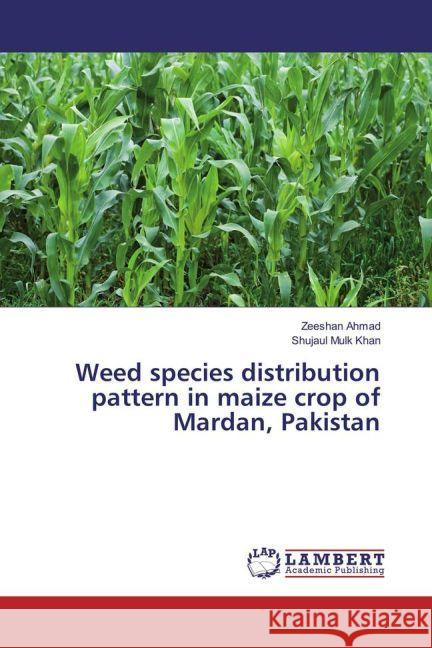Weed species distribution pattern in maize crop of Mardan, Pakistan » książka
Weed species distribution pattern in maize crop of Mardan, Pakistan
ISBN-13: 9783659962158 / Angielski / Miękka / 2016 / 84 str.
Weeds are unwanted plant species growing in the domesticated crops. Like other crops maize also faces the problem of competition with weeds. Severe loses in yield up to 70% of maize have been reported in small scale farming due to weeds. Composition and abundance of weeds is influenced by a number of environmental variables as well as farming practices in an ecosystem. Present study was formulated to measure the effect of environmental variables on weed species composition, abundance, distribution pattern and formation of various weeds communities in District Mardan, Pakistan. Phytosociological attributes such as density, frequency, relative density, relative frequency and Importance Values were measured for each field.Presence absence data of 29 species and 65 fields were analyzed using Cluster and Two Way Cluster Analyses via PC-ORD version 5 that resulted in four major weed communities. CANOCO software version 4.5 was used to evaluate the environmental gradients of weeds through Canonical Correspondence Analyses (CCA). Results showed that among all environmental variables the strongest variables were CaCO3, high phosphorous concentration, and higher electric conductivity.











